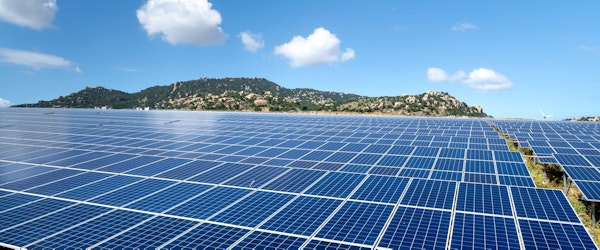
Hail Causes Over Half of Solar PV Weather Claims in North America According to AXIS Capital Report
Saturday, July 12th, 2025 Catastrophe Property Risk Management TechnologyA recent report by AXIS Capital Holdings highlights hail as the top contributor—at 55%—to natural catastrophe and extreme weather-related insurance claims for solar photovoltaic (PV) projects in the United States and Canada. Titled ‘Solar vs. Hail: Pivoting Away From Danger,’ the report is based on five years of hail-related claims data and provides critical insights into the vulnerabilities of large-scale solar assets.
Among the key findings is the role of tracker system performance during hailstorms. When systems fail to stow in time, they incur average losses of $380,000 per megawatt (MW), significantly higher than the $340,000/MW losses seen in fixed-tilt systems. However, when stow procedures are successfully executed, losses drop sharply to $150,000/MW, illustrating the value of proactive response systems.
AXIS’s Global Energy team, along with industry collaborators like Nextracker and Vaisala Xweather, emphasize the importance of early weather forecasting, advanced stow angle design, and robust engineering practices. The report also notes that claims involving modules with heat-strengthened glass average $50,000/MW more in damage than those with fully tempered glass, adding another dimension to material selection in hail-prone regions.
With natural catastrophe-related solar claims resulting in longer downtimes—an average of 240 days—than those caused by other issues like mechanical breakdown or theft, the report underscores the urgent need for resilient design strategies as solar energy scales across North America.





